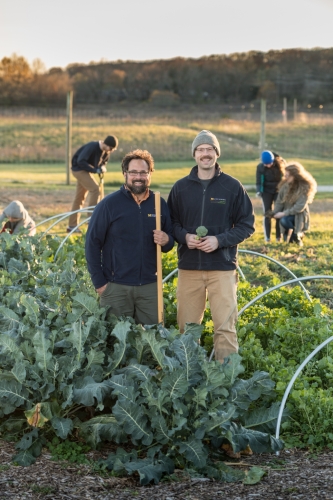︎ Wellness Nexus
Interactive Public installations across College Campus
By Laya Joseph ︎

Hypothesis
Creating a Wellness Nexus through a network of interactive public installations across the University of Michigan campus can intentionally foster community engagement, encourage physical activity, and enhance mental well-being. These thoughtfully designed installations will serve as catalysts for social interaction, creativity, and mindfulness, ultimately transforming the campus environment into a vibrant hub of wellness.
Creating a Wellness Nexus through a network of interactive public installations across the University of Michigan campus can intentionally foster community engagement, encourage physical activity, and enhance mental well-being. These thoughtfully designed installations will serve as catalysts for social interaction, creativity, and mindfulness, ultimately transforming the campus environment into a vibrant hub of wellness.
- Why
The University of Michigan campus is a microcosm of diverse individuals, each with unique needs and aspirations. Prioritizing this proposal matters because thoughtfully designed spaces can enhance both aesthetic and functional value while addressing critical challenges like stress, loneliness, and physical inactivity, which are common among students. Engaging installations have the potential to foster creativity, encourage social connections, and promote emotional well-being—elements that contribute to a healthier campus environment. By integrating wellness into daily life through intentional design, this proposal aims to create an inclusive and vibrant campus atmosphere, ensuring that students and staff feel supported in their academic and personal journeys.
Current Installations/Interactive spaces on campus:
![]()
![]()
![]()
![]()
- How
To approach my design intervention, I start with a site analysis to identify underused areas and understand student needs through surveys and observations. Based on this, I create modular prototypes that integrate sensory elements like light, sound, and texture. I then gather user feedback through testing, refining the design to balance physical activity and mental relaxation. Emphasizing sustainability and biophilic design, I ensure the interventions foster both well-being and environmental responsibility, creating temporary spaces that positively impact students’ daily lives.
- What
A dynamic, multifunctional sculpture that incorporates movement and play. The pavilion could include climbing walls,flexible seating, and kinetic elements like rotating panels or balance beams that respond to user interaction. It becomes a social hub where students can gather, exercise, or relax while interacting with the structure itself.
2. Social and Community Hubs
A visually stunning greenhouse that merges education, sustainability, and community. Within this greenhouse, students can participate in hands-on workshops related to urban farming, hydroponics, or herbal medicine. The space also serves as a quiet place for contemplation, with seating areas amidst lush greenery. The Living Lab could even feature a produce-share system, where students harvest fruits and vegetables to be enjoyed by the campus community.
3. Sensory & Nature-Based Spaces
Lush sensory gardens featuring a variety of plants designed to stimulate all the senses—fragrant flowers, textured plants, and calming soundscapes. Interspersed within the campus, these gardens also include edible plants like fruit trees and vegetable patches where students can freely pick fresh snacks. The integration of edible landscapes not only promotes sustainability but also encourages spontaneous, healthy eating in a natural, communal setting.
4. Wellness Learning Hubs
Modular pavilions scattered around campus with each focusing on a different aspect of mental well-being. One could be designed as a stress-release garden, another as a gratitude journal station, and another as a creativity boost space. Each pavilion would be uniquely themed with creative, thought-provoking elements like digital journals, mood walls where users can express themselves, or tactile installations for de-stressing.

- So What
The Link Between Design and Outcomes
The universal implementation of these sensory-focused design interventions will elevate the campus culture, making health a central element in both campus spaces and student experiences. By integrating physical and mental well-being into everyday environments, these interventions will set a new standard for how design can support students’ overall health. This approach will not only foster a culture of wellness on campus but also encourage a broader understanding of health as a key factor in creating productive, engaged, and socially connected student communities.
︎︎︎Download WellnessNexus Poster (This is a place holder for you to replace the link to your written papers/ miro board/ other media for the project)
︎
Works Cited



